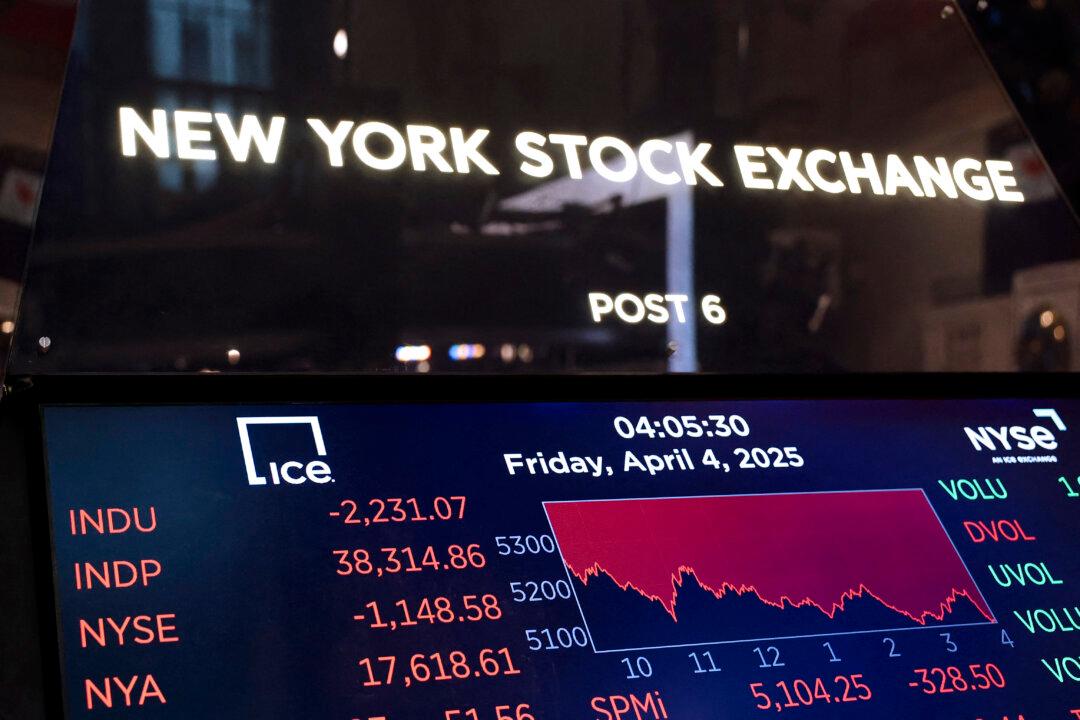These are the reasons why it should have been a concise and quick trade deal:
If the EU negotiators had presented a comprehensive package of tariff reductions for agriculture, farming, and the automotive industry, a preliminary deal would have been signed immediately, benefiting everyone. However, the negotiators were only willing to negotiate possible improvements in LNG imports and a vague concept of “strengthening investment,” limiting any tariff negotiation to industrial goods where there is no significant dispute.
Washington’s requests to the European Union were significantly less demanding than the burdens placed on China or India. Unfortunately, the EU negotiators were only willing to propose plans to lower tariffs on industrial goods and non-sensitive agri-food exports, as well as a clause to keep the United States from introducing further tariffs while talks are ongoing, according to Bloomberg. The EU stated that tariffs could be reduced in phases or through a quota system, and higher levies would only come above a certain quantity of imports. Upon review, it appears that these proposals aim to uphold all non-tariff barriers and the majority of tariffs. EU tariffs are much higher than those of the United States in agriculture, farming, chemicals, automotive, and manufactured goods.
The demands of the United States are not outlandish. Furthermore, the EU allows the exemption of many of the tariff and non-tariff barriers to products coming from Turkey and Morocco, and even China.
The European Commission threatened new countermeasures, which could hit 95 billion euros of U.S. products, if negotiations to end the trade dispute fail. However, the EU does not have a lot to threaten with. Its trade surplus is so large, and the barriers to U.S. goods so widespread, that it simply cannot fight back.
The European Union trade surplus, which stands at 150 billion euros and soared 244 percent in March 2025 compared to the same month in 2024, is not generated by free cooperation and spontaneous trade agreements between free market participants. In many sectors, the EU’s production and energy costs are up to 50 percent and 100 percent higher, respectively, than those of the United States, yet the exports of the European Union massively outweigh those of the United States. A significant proportion of the trade surplus of the European Union comes from lifting barriers to others and benefiting from open markets for European producers.
The European Union needs to understand that tariffs can be eliminated in minutes if a reasonable agreement is reached. Furthermore, the EU negotiators must admit that they would be complying with Draghi’s recommendations and benefiting all businesses, inside and outside Europe, in the process. Thus, a deal can be reached rapidly and effectively.
Regrettably, many analysts believe that the EU negotiators are not interested in removing trade barriers, preferring to maintain them at all costs, even if it results in the economies of many member states being weakened. Negotiators seem more concerned about pleasing bureaucrats and finding a scapegoat in the Trump administration for the EU’s stagnation than advancing a deal that benefits U.S. and EU companies.







